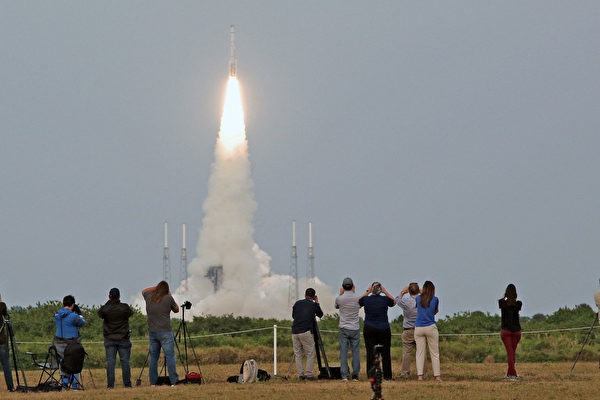Boeing announced in a press release on Tuesday (May 14th) that the first manned mission of its new space capsule CST-200 “Starliner” will be further delayed due to a propellant leak and the need for additional testing.
The company is working together with the National Aeronautics and Space Administration (NASA) and United Launch Alliance (ULA) to prepare for the flight test of the spacecraft. The team currently aims for a target launch date no earlier than next Tuesday, May 21st, at 4:43 p.m. Eastern Time.
Originally scheduled for the evening of May 6th, the “Starliner” was set to launch from the Kennedy Space Center in southern Florida for its first manned test flight. However, less than two hours before liftoff, the launch was temporarily canceled due to a valve malfunction on the spacecraft.
On May 11th, the ULA team successfully replaced the pressure regulator valve. They also performed repressurization and system cleaning, conducted tests on the new valve, which showed normal operation. Additionally, the Starliner team is working to address a minor helium leak issue detected in the spacecraft’s service module.
The space capsule is planned to carry NASA veteran astronauts Barry Wilmore, 61, retired U.S. Navy captain, and Sunita Williams, 58, former Navy pilot, to the International Space Station after approximately 26 hours of flight, docking with the orbiting outpost about 250 miles (400 kilometers) above Earth.
The two astronauts are expected to stay at the space station for about a week before returning to Earth aboard the “Starliner,” landing in the southwestern desert with the assistance of parachutes and airbags.
Currently, the two astronauts are in pre-flight preparation. In the coming days, they will fly back to the Kennedy Space Center in Florida.
The Atlas V rocket and the “Starliner” are still in the vertical integration facility at Space Launch Complex 41 at Cape Canaveral Space Station in Florida.
Boeing has been developing the Starliner for over a decade, aiming to become the second company after Elon Musk’s SpaceX to send NASA astronauts into space.

